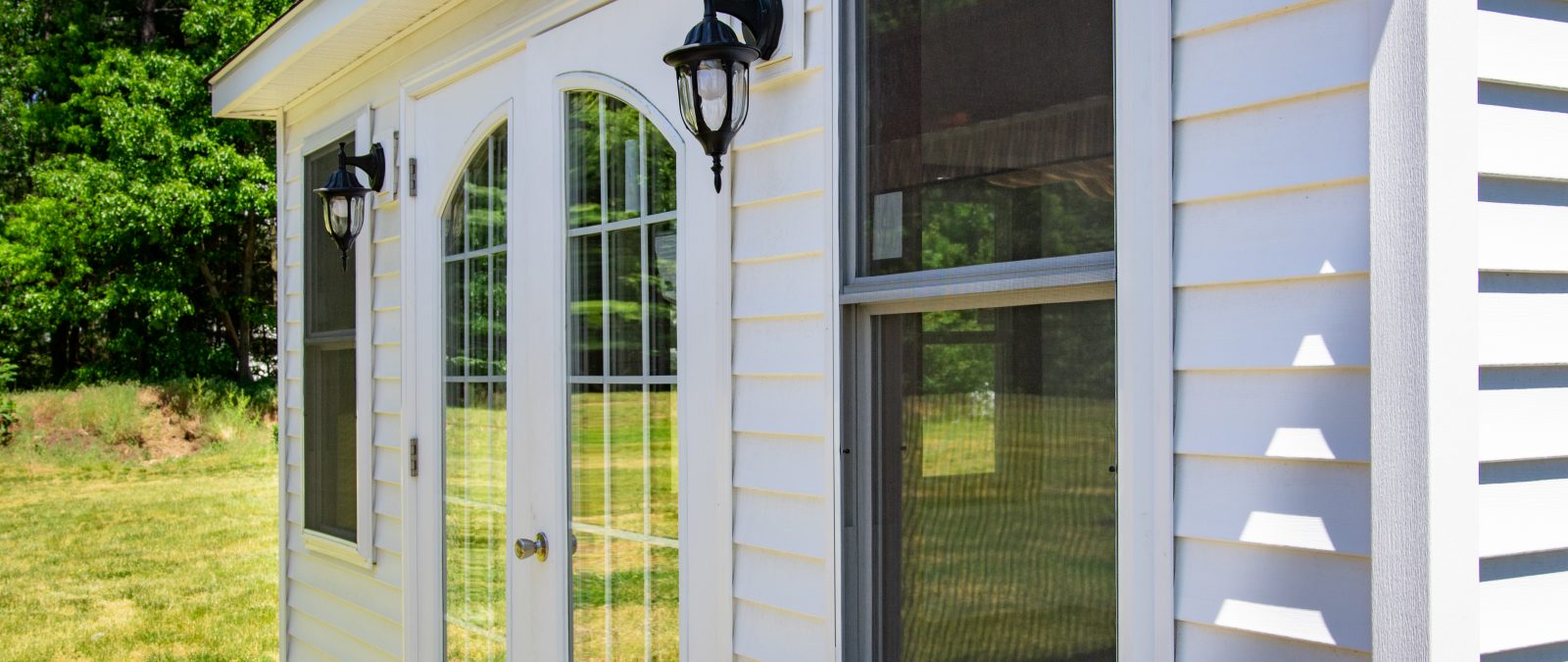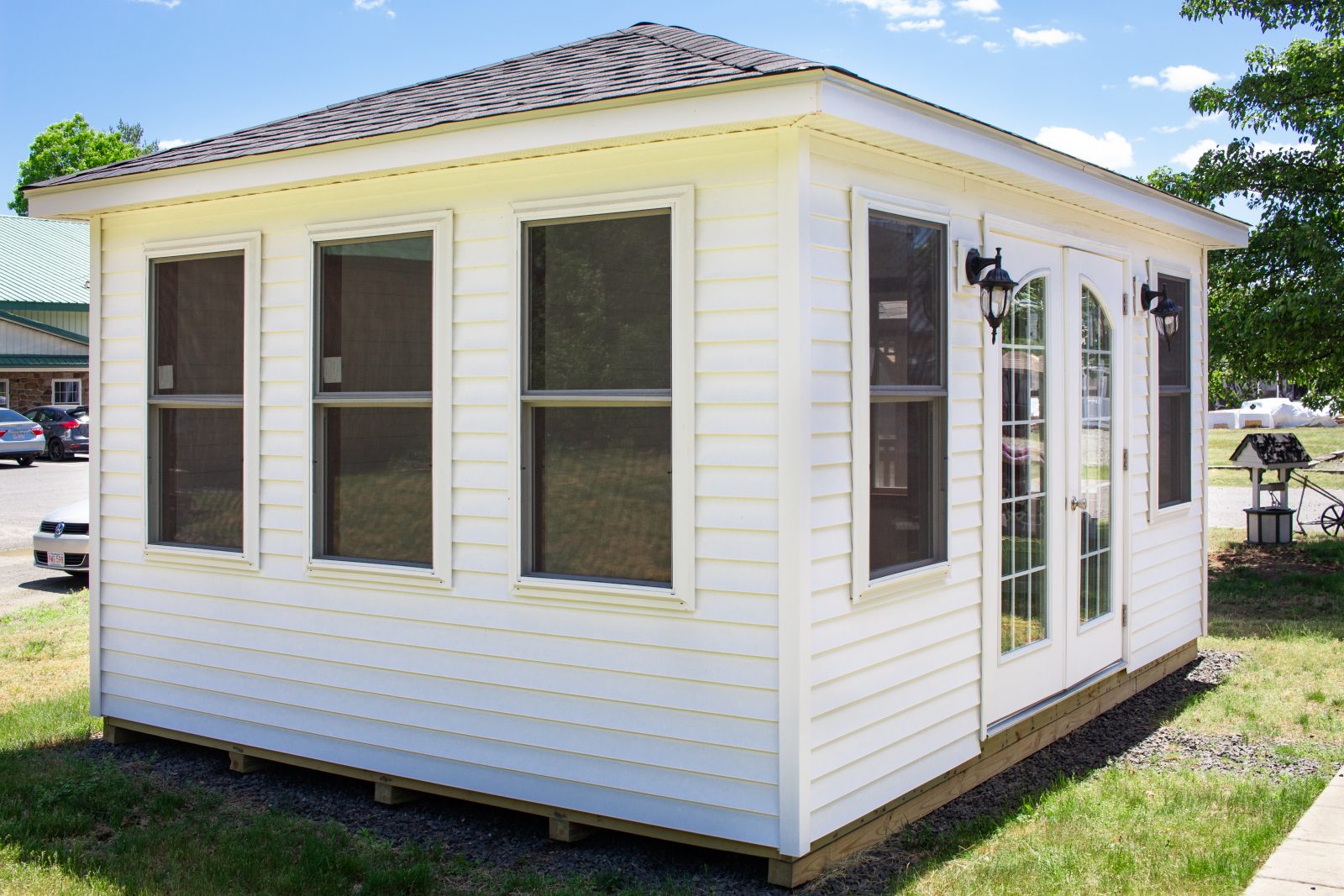Insulated shed with electricity – Welcome to the world of insulated sheds with electricity, where comfort and efficiency reign supreme. Step inside and discover the transformative power of a well-insulated shed, equipped with the convenience of electricity, offering endless possibilities for work, storage, and leisure.
From understanding the fundamentals of insulation to designing an optimal electrical system, this guide will equip you with the knowledge and inspiration to create the perfect insulated shed that meets your unique needs.
Definition and Overview

An insulated shed with electricity is a specialized structure designed to provide a controlled environment for storage or workspace. It is equipped with insulation to regulate temperature and humidity, ensuring optimal conditions for various items or activities. Electricity enables the use of essential appliances, tools, or lighting within the shed.
Insulated sheds with electricity offer numerous benefits, including:
- Protection from extreme temperatures: Insulation safeguards the contents of the shed from heat or cold, maintaining a stable environment.
- Moisture control: Insulation helps prevent condensation and moisture buildup, protecting items from damage or mold growth.
- Energy efficiency: Insulation reduces heat loss, lowering energy consumption and costs.
- Versatility: Insulated sheds can be utilized for diverse purposes, such as storage, workshops, home offices, or hobby spaces.
- Convenience: Electricity allows for the use of essential appliances, tools, and lighting, enhancing the functionality and accessibility of the shed.
Materials and Construction: Insulated Shed With Electricity

Insulated sheds require careful selection of materials and construction techniques to ensure energy efficiency and durability. Common materials used in constructing insulated sheds include wood, metal, and vinyl, each with its unique advantages and disadvantages.Wood is a popular choice due to its affordability, ease of workability, and natural insulation properties.
Metal sheds are durable, fire-resistant, and require less maintenance than wood sheds, but they can be more expensive and prone to condensation. Vinyl sheds are lightweight, low-maintenance, and offer good insulation, but they may not be as durable as wood or metal sheds.Insulation
methods and techniques are crucial for maintaining a comfortable temperature inside the shed. Common insulation materials include fiberglass batts, spray foam, and rigid foam boards. Fiberglass batts are cost-effective and easy to install, but they may not be as effective as other insulation materials.
Spray foam provides excellent insulation and air sealing, but it is more expensive and requires professional installation. Rigid foam boards offer good insulation and moisture resistance, but they can be more difficult to cut and fit.Electrical wiring and safety considerations are essential for ensuring a safe and functional insulated shed.
Electrical wiring should be installed by a qualified electrician in accordance with local building codes. Proper grounding, circuit protection, and ventilation are crucial for preventing electrical hazards. Additionally, consider installing lighting, outlets, and switches for convenience and functionality.
Electrical System
Designing an efficient and safe electrical system is crucial for an insulated shed. It ensures proper lighting, power supply, and protection against electrical hazards.To begin, plan a layout that accommodates all necessary components. Include a dedicated circuit for lighting and separate circuits for outlets.
Install outlets strategically to avoid overloading and provide easy access for power tools and appliances.
Components
Essential components for an electrical system include:
- Lighting:LED or fluorescent fixtures provide energy-efficient illumination.
- Outlets:GFCI (Ground Fault Circuit Interrupter) outlets protect against electrical shocks.
- Wiring:Copper wiring with proper insulation ensures safe and reliable current flow.
- Circuit Breaker Panel:Protects circuits from overloads and short circuits.
Grounding and Circuit Protection
Proper grounding is vital for safety. Install a grounding rod and connect it to the electrical system. This provides a path for excess electricity to flow into the earth, preventing shocks.Circuit protection is also essential. Install circuit breakers or fuses to trip the circuit in case of overloads or short circuits, preventing damage to appliances and the electrical system.
Insulation Options
Selecting the appropriate insulation for your insulated shed is crucial for maintaining a comfortable and energy-efficient space. Consider factors like R-value, moisture resistance, and installation ease.
R-Value:Measures insulation’s ability to resist heat flow, with higher values indicating better insulation. Aim for an R-value of at least R-15 for walls and R-30 for roofs.
Types of Insulation
- Fiberglass Batts:Common and cost-effective, with R-values ranging from R-2.5 to R-4.3 per inch.
- Cellulose:Made from recycled paper, offering high R-values (R-3.2 to R-3.8 per inch) and good soundproofing.
- Spray Foam:Applied as a liquid that expands and hardens, creating an airtight seal with excellent R-values (R-6 to R-8 per inch).
- Rigid Foam Boards:Available in polystyrene or polyisocyanurate, providing high R-values (R-5 to R-6 per inch) and moisture resistance.
Installation Techniques
- Batt Insulation:Cut to fit between studs or joists and stapled in place.
- Loose-Fill Insulation:Blown into cavities or attics using a hopper or blower.
- Spray Foam:Applied directly to surfaces using a specialized spray gun.
- Rigid Foam Boards:Cut and attached to studs or joists using adhesive or mechanical fasteners.
Energy Efficiency
Insulation plays a crucial role in enhancing the energy efficiency of insulated sheds, significantly reducing energy consumption and costs. By trapping heat within the shed, insulation minimizes the need for additional heating or cooling, leading to a more comfortable and cost-effective environment.
To optimize energy consumption in insulated sheds, consider implementing the following strategies:
Heat Loss Reduction
- Seal air leaks:Inspect and seal any gaps or cracks around windows, doors, and other openings to prevent heat loss.
- Install weatherstripping:Add weatherstripping to doors and windows to create a tight seal and minimize drafts.
- Use curtains or blinds:Cover windows at night or during periods of extreme temperature to reduce heat loss through glass.
- Install a radiant barrier:A reflective radiant barrier placed behind the insulation can help reflect heat back into the shed.
Temperature Maintenance, Insulated shed with electricity
- Consider the orientation of the shed:Position the shed to maximize sunlight exposure during colder months and minimize it during warmer months.
- Use a programmable thermostat:Adjust the temperature settings automatically based on the time of day and occupancy to optimize energy consumption.
- Install a ceiling fan:Circulating air helps distribute heat evenly and maintain a comfortable temperature.
- Utilize passive solar heating:Design the shed with large south-facing windows to allow sunlight to enter and warm the space naturally.
Applications and Uses

Insulated sheds with electricity offer versatile applications and uses, extending their utility beyond mere storage spaces. They provide a controlled environment for various industries and scenarios, enhancing productivity and efficiency.
In agriculture, insulated sheds serve as ideal environments for livestock housing, providing shelter from extreme temperatures and ensuring animal well-being. The controlled temperature helps maintain optimal conditions for growth and production.
Workshops and Studios
- Artists, hobbyists, and makers can transform insulated sheds into dedicated workshops or studios. The stable temperature allows for year-round use, enabling uninterrupted creative pursuits.
- Professionals in construction, woodworking, or mechanics can establish fully equipped workshops in insulated sheds. The electricity supply supports power tools and machinery, enhancing productivity and efficiency.
Storage and Preservation
- Insulated sheds offer a secure and temperature-controlled environment for storing valuable items. Sensitive equipment, electronics, and delicate collections can be preserved from extreme heat or cold, ensuring their longevity.
- Businesses can utilize insulated sheds for inventory storage, maintaining optimal conditions for products that require temperature regulation. This reduces spoilage and preserves product quality.
Conclusive Thoughts
As you embark on your insulated shed journey, remember that the possibilities are boundless. Whether you seek a cozy retreat, a productive workshop, or an energy-efficient storage solution, an insulated shed with electricity is the key to unlocking your dreams.
Embrace the inspiration, gather the tools, and let your imagination soar as you transform your shed into an oasis of comfort, productivity, and efficiency.
FAQ
What are the benefits of an insulated shed with electricity?
Insulated sheds with electricity offer numerous benefits, including improved comfort during extreme temperatures, reduced energy consumption, enhanced storage capabilities, increased productivity, and added safety and security.
What factors should I consider when choosing insulation for my shed?
When selecting insulation for your shed, consider factors such as R-value (thermal resistance), moisture resistance, cost, ease of installation, and environmental impact.
How can I optimize energy efficiency in my insulated shed?
To optimize energy efficiency, seal air leaks, choose energy-efficient appliances and lighting, install a programmable thermostat, and consider using renewable energy sources like solar panels.